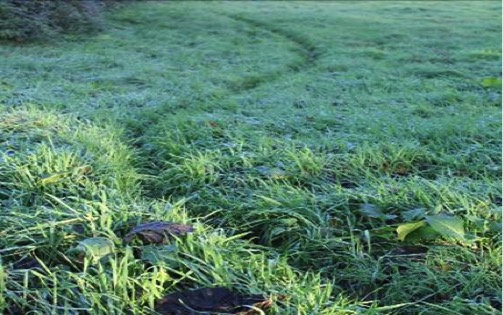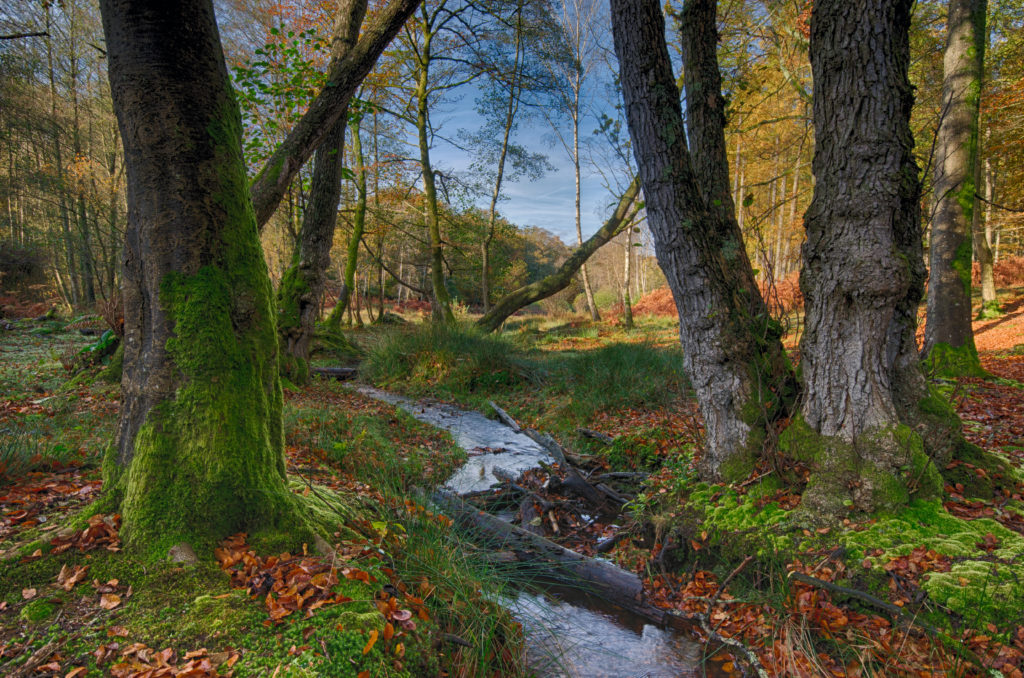Badgers can act as a wildlife reservoir for M. bovis, the bacterium which causes TB in cattle. Defra’s badger control policy in England includes both injectable vaccination and culling of badgers to control the spread of bovine TB. Badgers and their setts are protected under the Protection of Badgers Act 1992, however licensed culling is permitted to prevent the spread of bovine TB. Culling activities are tightly controlled and require a licence from Natural England. You can find information on what the government is doing to control the risk of bovine TB from badgers in England on GOV.UK.
Badger culling is licensed by Natural England and is industry-led. Two methods of culling are permitted; cage trapping and shooting, and free shooting. To ensure that badger culling is effective, safe and humane, it can only be carried out by licensed contractors who have undertaken government-approved training. Contractors must adhere to strict licence conditions stipulated by Natural England. Monitoring of the safety, effectiveness and humaneness of badger culls is carried out each year and published on GOV.UK.
There are three types of culling licence:
- A Badger Disease Control licence is required where culling is to take place for the first time in the High Risk or Edge Area of England, or where Natural England considers that a Supplementary Badger Disease Control licence is not appropriate.
- A Low Risk Area Badger Disease Control licence is required where culling is to take place in part of the LRA of England specified by APHA, where there is evidence that infection with M. bovis is present in badgers and linked with infection in cattle herds.
- A Supplementary Badger Disease Control licence is required where culling is to take place to prevent the recovery of the badger population following the completion of annual culling that has lasted at least four years under a Badger Disease Control licence.
Assessing the effect of badger culling on TB in cattle herds
The Animal & Plant Health Agency (APHA) monitors and evaluates the relationship between the Badger Control Policy (BCP), which includes badger culling, and cattle TB incidence rate in licenced BCP areas in England. A scientific analysis published in Nature Scientific Reports investigated the effect of the BCP in the first 52 areas in the HRA and Edge Area of England licenced between 2013-2020. The analysis found that cattle TB incidence rate declined significantly over time following the introduction of BCP interventions, reaching a 56% reduction overall in the fourth year. A summary of the key findings of the scientific paper is explained in our factsheet below.
A previous analysis published in 2019 assessed the effects of badger culling on TB incidence rate in three areas of England between 2013-2017 (Gloucestershire and Somerset) and 2015-2017 (Dorset). An analysis published in 2017 assessed the effects of badger culling on cattle TB incidence rate in Gloucestershire and Somerset after two years of culling.



